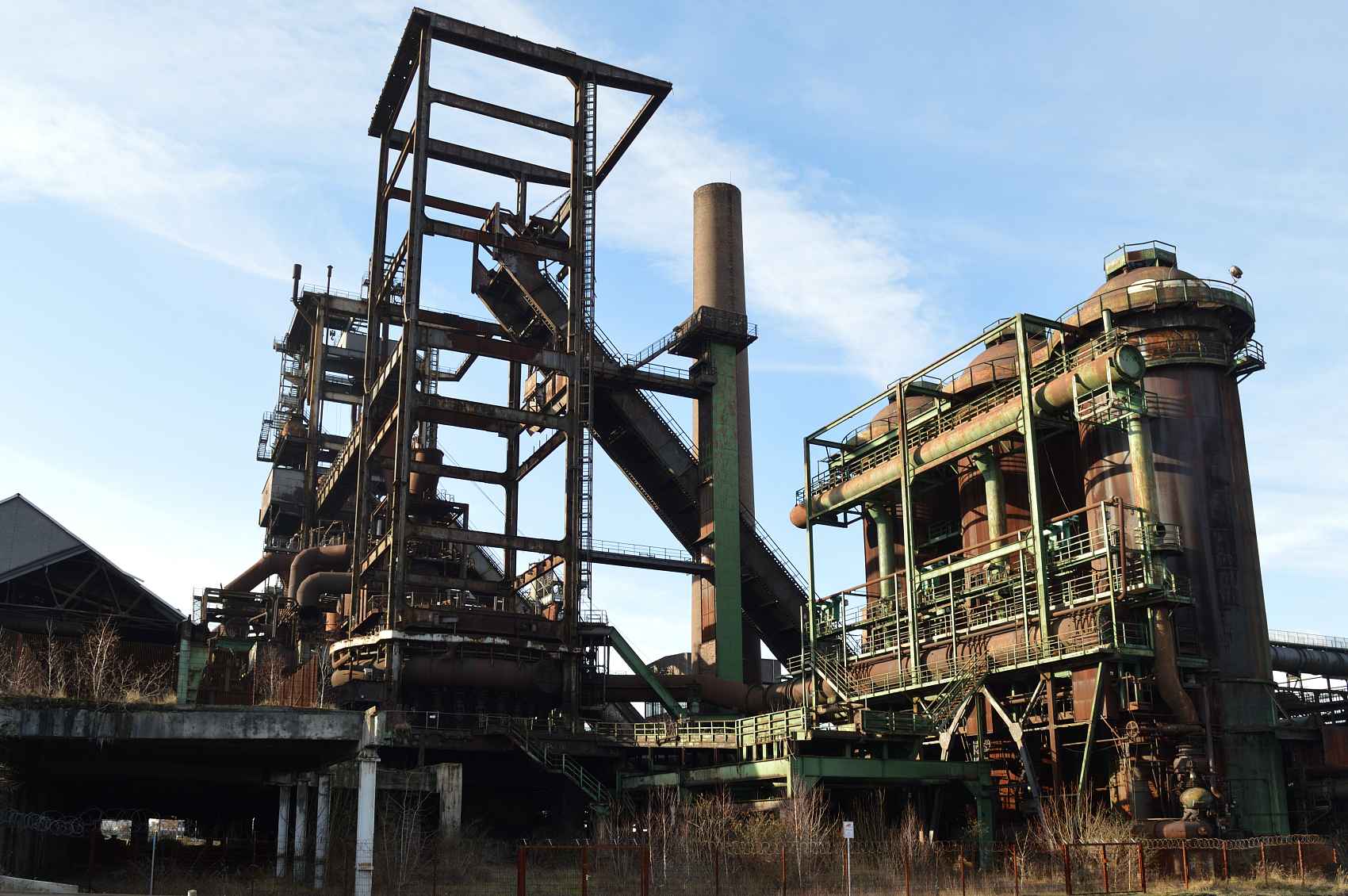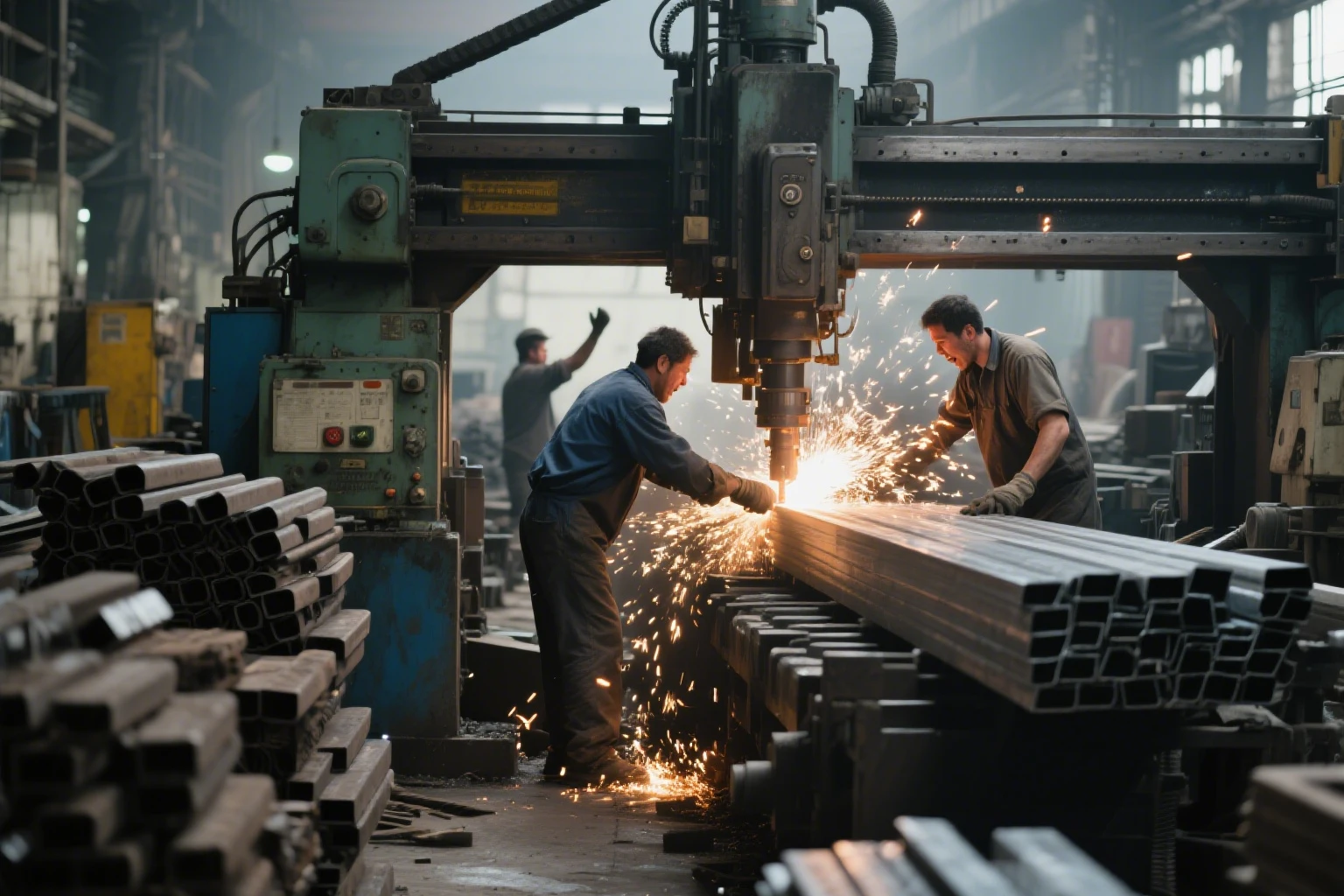An unprecedented crisis of spiraling production costs has forced most steel mills in Pakistan to shut down, and many are struggling because operating mills suffer from low demand, and capacity utilization shrinks to only 20-30%. The leaders warned that unless the government intervenes immediately, the industry may collapse and put millions of jobs in jeopardy.
The Pakistan Association of Large Steel Producers (PALSP) denounced delays in instituting the wheeling scheme, a means for industries to buy electricity directly from the independent producers at discounted costs. PALSP has asked the government to lessen rate charges on electricity provided to steel industries by noting the need to supply that could consume over 4.8 billion units of unutilized power through steel production of an approximate 4-6 million tons annually, besides boosting capacity and lessening payments to Independent Power Producer (IPP).
The secretary-general of PALSP, Wajid Bukhari, said: “The industry is on the verge of collapse under unviable policies. Shutdowns are not due to mismanagement, but the incessant rise in power tariffs, rise in borrowing rates, and sharp decline in demand.”
Further aggravating, the depreciation of the rupee and the recently too-high interest rate of 25% have doubled working capital requirements and left little margin for a business to maintain operations and inventories. The cut in the benchmark rate to 15% has offered a little relief, but manufacturers claim that in order for the industry to recover, this rate must dip to single digits.
This situation has further limited steel demand due to a decrease in the Public Sector Development Program (PSDP) and halting all associated infrastructure projects, thereby affecting such demand substantially.
Call to Action for Promispecial:
Stay updated with in-depth insights into the global steel industry and explore high-performance steel solutions at www.promispecial.com.


























